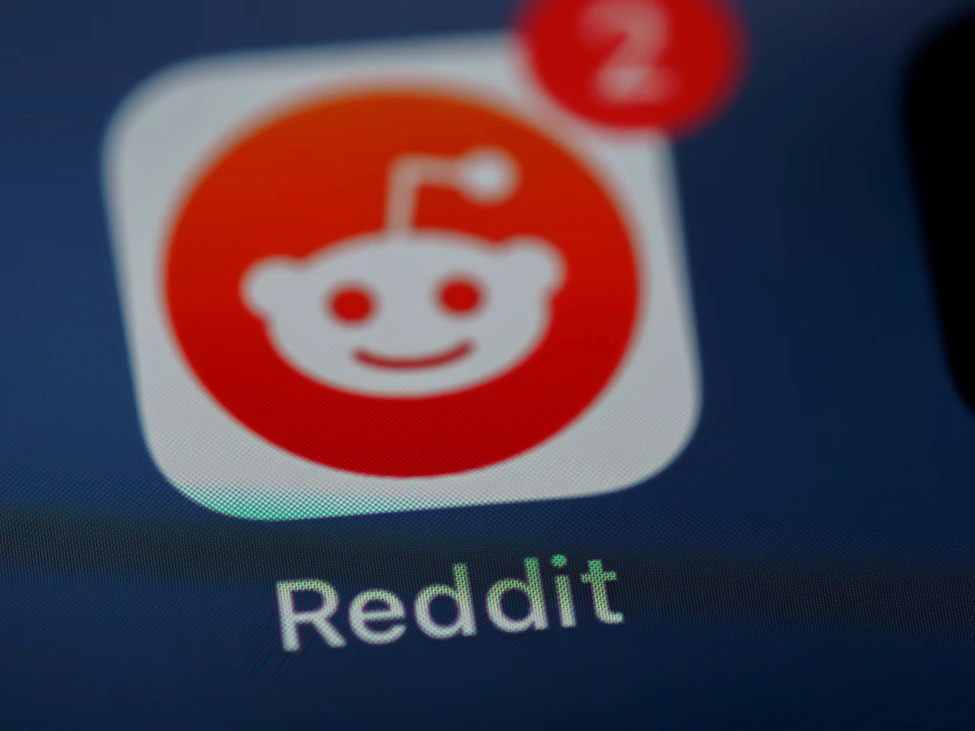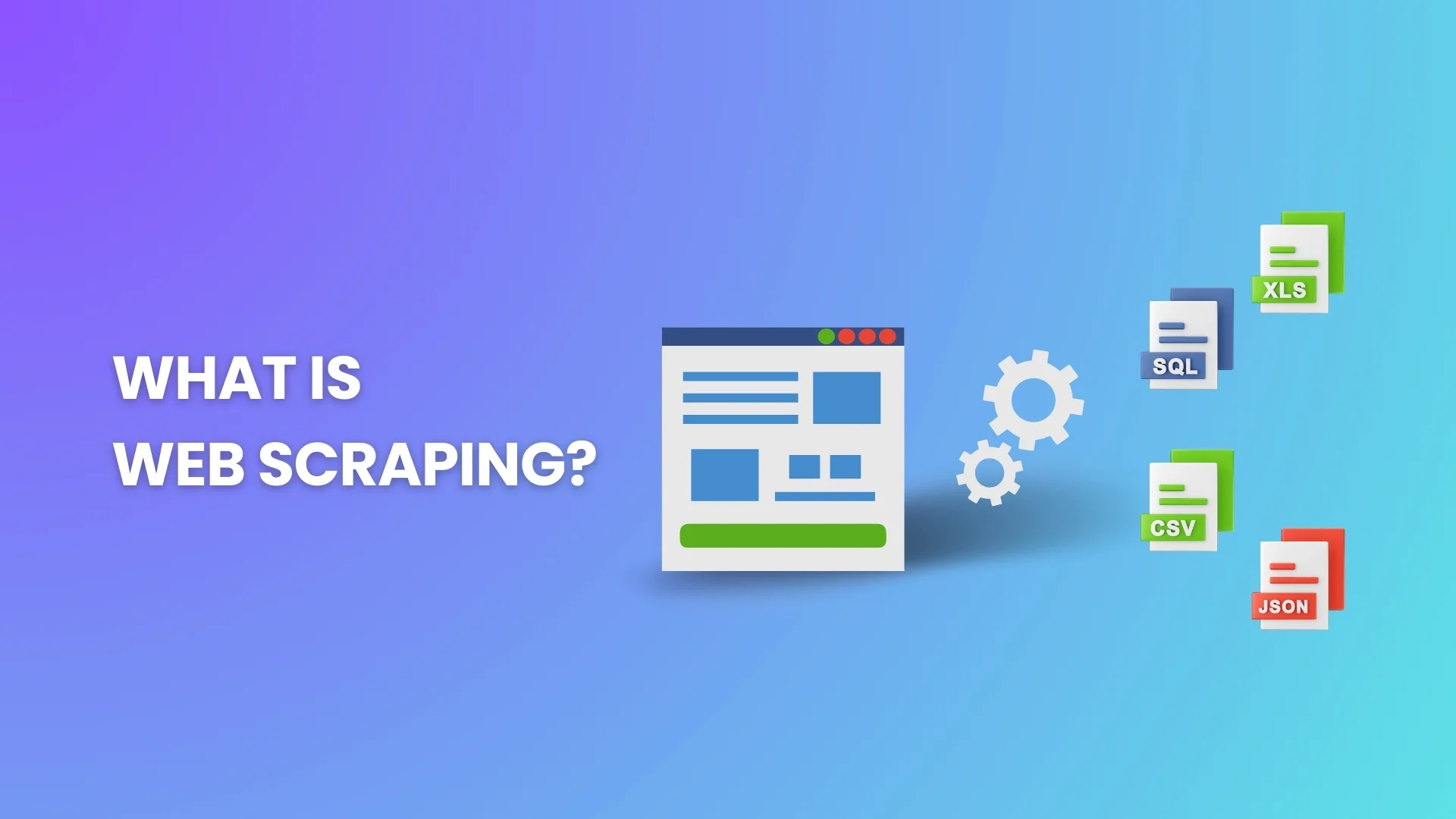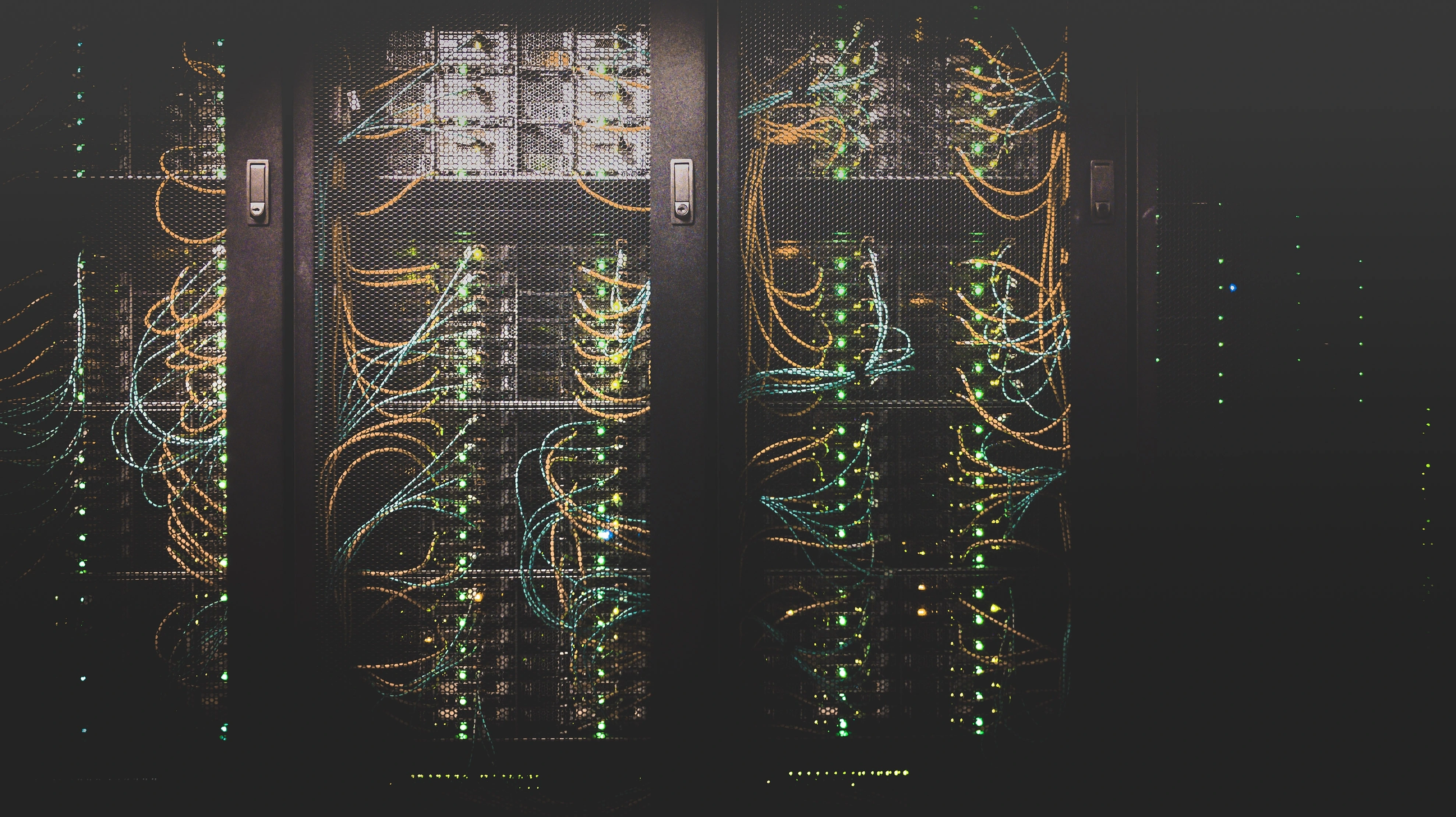The digital business landscape is changing like never before. And only those businesses that know how to stay ahead of the curve win their place under the sun. One of the ways to keep up with the market is to leverage the vast amounts of data available online. But how do you do it efficiently without getting lost in millions of exabytes? Web scraping and crawling, two powerful techniques for extracting valuable insights from the internet, come into the game.
But what are these, and is there any difference between these concepts? Let’s see.
What Is Web Scraping?
Web scraping involves extracting specific information from websites using automated tools. These programs, known as web scrapers, sift through a site’s HTML structure to locate and retrieve the desired data points. From product prices to customer reviews, internet scraping can do it all.
Why Is Data Extraction so Valuable
As you carefully analyze data scraped from websites of your rivals, you can delve into the strategies and tactics they employ. That’s just the way to monitor pricing, track product offerings, and decipher customer reviews. Armed with these insights, you will identify emerging market trends and fine-tune your marketing strategies.
Data scraping isn’t just about keeping an eye on your competition. By extracting contact information from various online sources, you can transform potential customers into valuable leads.
Industries Which Can Benefit From Web Scraping
The merits of web scraping extend far beyond just a few industries. Let’s take a closer look at some of the fields that are revolutionizing their operations through web scraping sites:
- eCommerce. Sellers monitor competitor prices, track product availability, and gather customer feedback. By analyzing this data, they can optimize pricing strategies, streamline inventory management, and enhance the overall customer experience.
- Marketing. Marketing professionals analyze trends, collect contact information for targeted outreach campaigns, and monitor brand sentiment across social media platforms. This data-driven approach allows businesses to craft highly effective campaigns.
- Finance. Financial institutions gather essential data, keep tabs on stock prices, and track economic indicators. This information empowers analysts to make informed investment decisions and identify lucrative market opportunities.
- Logistics and transportation. By collecting data on shipping rates, transit times, and carrier options, logistics companies can optimize their routes, reducing costs, and improving customer service.
- Sales. Sales teams determine potential leads, collect contact information, and monitor competitor offerings. This invaluable data enables targeted outreach, driving sales growth and boosting revenue.
- Recruitment. Recruiters extract crucial information such as work experience, skills, and contact details as they scour the internet for top talent. This data helps them match the perfect candidate for a specific job opening.
- Real estate. Companies in the real estate industry aggregate property listings, track pricing trends, and monitor local market conditions. Armed with this information, real estate agents make data-driven decisions and identify lucrative investment opportunities.

What Is Data Crawling?
As we talk about data crawling, we mean gathering vast quantities of information all over the internet or a specific set of websites.
It involves using specialized tools, known as crawlers or spiders. They systematically follow links from one web page to another to collect and organize data about the content, structure, and interconnectivity of these pages. Search engines like Google rely heavily on data crawling to index the web.
Advantages of Web Crawling
With the broad scope of data collection web crawling provides, your business will get a wealth of information to analyze and utilize.
- By crawling and indexing the web, you will track changes in market trends, consumer behavior, and competitor strategies.
- Additionally, you may uncover new web pages. This way, discover untapped markets, emerging trends, and potential collaborations.
- Since this is an automated process, you’ll collect and process large amounts of data with minimal human intervention.
What’s the Difference Between Web Crawling and Web Scraping?
While both web scraping and data crawling involve data extraction, the scope and methodology behind each technique are distinctly different. So, how do they differ? Let’s find out.
| Web Scraping | Web Crawling | |
|---|---|---|
| Purpose | Extract specific data from websites | Discover, explore, and index web pages |
| Scope | Narrow (focuses on specific data points) | Broad (covers the entire web or a set of websites) |
| Methodology | Navigates HTML structure, retrieves desired data | Follows links, uncovers new pages |
| Primary use | Data extraction for analysis, competitor monitoring, lead generation | Search engine indexing, trend monitoring, market research |
| Tools | Web scrapers | Crawlers, spiders, bots |
Summing It Up
With these techniques of data extraction, you can make information work for you. Data scraping and crawling are effective methods that will help you make data-driven decisions about where your business should go.
If you are not certain which technique will work better for your needs, Nannostomus is here to help you. With our customized solutions, we’ll provide you with the insights and tools needed to stay ahead in the ever-evolving digital landscape.
Embark on your data extraction journey with Nannostomus and transform your business with the invaluable insights that web scraping and web crawling have to offer.




